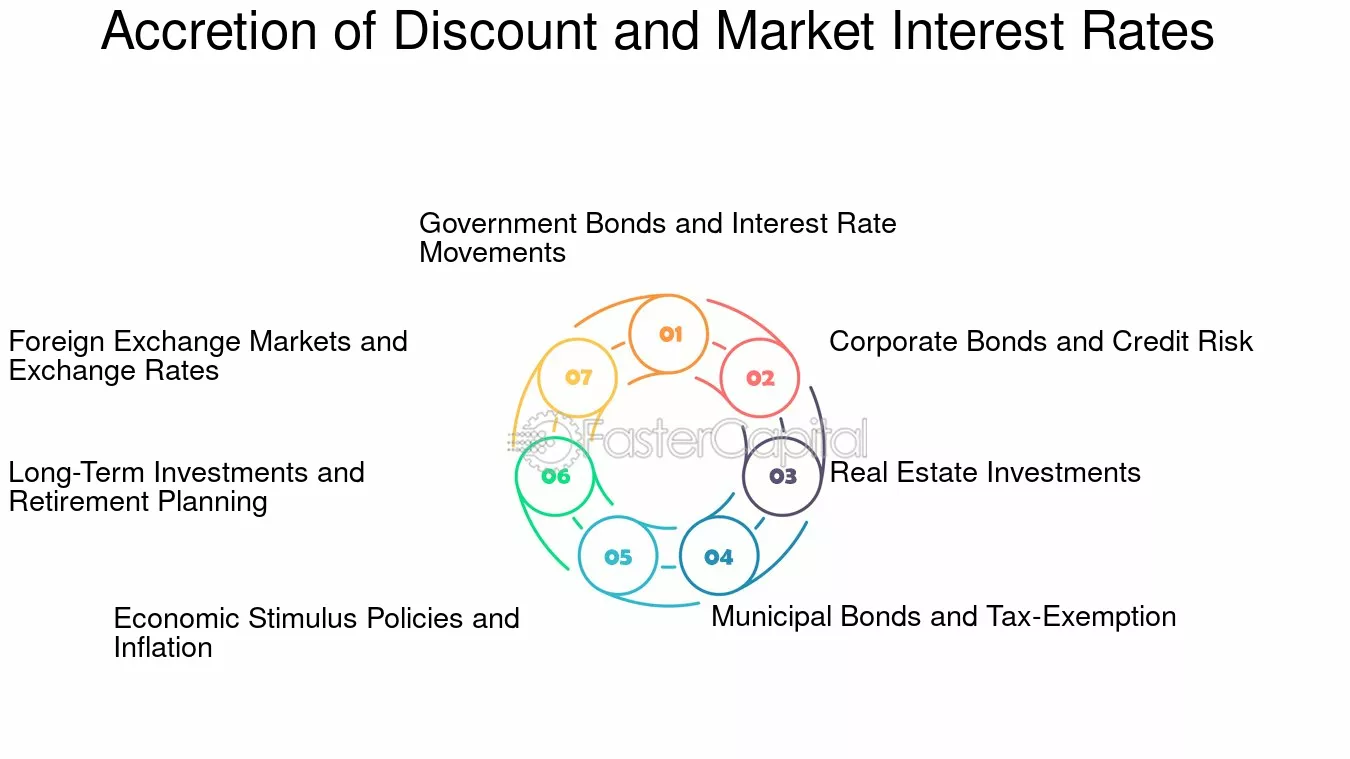When exploring financial concepts related to bonds and fixed income, “accreted interest” is a term that often comes into play. While it may sound complex, accreted interest is fundamental for investors, finance professionals, and accounting students seeking to deepen their understanding of how bonds and similar financial instruments grow in value over time. Let’s unpack what accreted interest is and explore its significance in the world of finance.
What Is Accreted Interest?
Accreted interest refers to the gradual increase in the value of a financial instrument, such as a bond, that is purchased at a discount. This concept is most commonly associated with zero-coupon bonds but also applies to other discounted fixed-income securities. Unlike traditional bonds that pay periodic interest, the value of these bonds grows incrementally, as the difference between the purchase price and the face value is effectively “earned” over time.
For example, if a zero-coupon bond is purchased for $750 with a face value of $1,000, the additional $250 represents the accreted interest that accrues until the bond matures.
The Importance of Accreted Interest in Finance
Accreted interest plays a significant role in managing and understanding fixed-income investments. Here’s why it matters:
1. Predictability of Returns
For investors, especially those purchasing zero-coupon bonds, accreted interest provides a predictable return. Since these bonds are purchased at a discount and pay their face value upon maturity, the return is essentially determined upfront. This predictability makes accreted interest an appealing feature for risk-averse investors.
2. Impact on Taxation
Accreted interest is considered taxable income in many jurisdictions, even though the bondholder hasn’t received any cash until maturity. This concept is known as “phantom income” and requires investors to understand the taxation nuances of their portfolio fully.
3. Portfolio Valuation
Finance professionals use accreted interest to calculate the present value and projected growth of investments like bonds. This information is crucial when assessing portfolio performance, making forecasts, and conducting financial reporting.
How Accreted Interest Works in Practice
Understanding accreted interest becomes clearer with practical examples involving bonds, such as zero-coupon bonds or those purchased below face value.
Zero-Coupon Bonds
Zero-coupon bonds are sold at deep discounts to their face value and do not pay periodic interest. Instead, the accreted interest eventually bridges the gap between the bond’s purchase price and its full face value, which is paid upon maturity.
Example:
- Initial Purchase Price: $750
- Face Value (Par Value): $1,000
- Duration to Maturity: 10 years
The accreted interest over the term of this bond is $250, effectively growing by $25 per year until maturity.
Bonds Purchased at a Discount
Even for bonds that periodically pay interest, when purchased at a price lower than their face value, accreted interest reflects the increase in bond value over time.
Example:
- Purchase Price: $900
- Face Value: $1,000
- Duration to Maturity: 5 years
The $100 difference represents accreted interest that the investor earns over the bond’s life, in addition to its regular coupon payments.
Benefits of Understanding Accreted Interest
Knowledge of accreted interest provides advantages to investors, finance professionals, and accounting students alike:
1. Enhanced Investment Decisions
By understanding how accreted interest impacts the total return on investment, individuals can make better choices about which bonds to add to their portfolios.
2. Accurate Financial Reporting
For finance professionals, accounting for accreted interest ensures accurate valuation and disclosure of financial instruments, meeting regulatory requirements and equity holder expectations.
3. Advanced Financial Analysis
Understanding accreted interest allows for deeper financial analyses regarding pricing, taxation implications, and yield predictions across an investment horizon.
How Accreted Interest Differs from Traditional Bond Interest
While traditional bonds provide periodic interest payments (known as coupons), instruments like zero-coupon bonds forego these payments. Instead, they rely on accretion to gradually build value over their lifetime. The lack of regular cash flow from accreted interest bonds offers a unique appeal to certain types of investors, but it also requires a more sophisticated understanding of growth and taxation.
Final Thoughts
Accreted interest is more than just a technical term; it’s a vital concept for navigating fixed-income securities and understanding how investments grow over time. Whether you’re an investor seeking predictable returns, a finance professional managing client portfolios, or an accounting student mastering bond valuation, comprehending accreted interest is essential.
For anyone interested in leveraging fixed-income investments to their fullest potential, taking the time to calculate, track, and understand accreted interest is a smart move. After all, finance thrives on data, and the story behind accreted interest is one every finance-minded professional should know.








